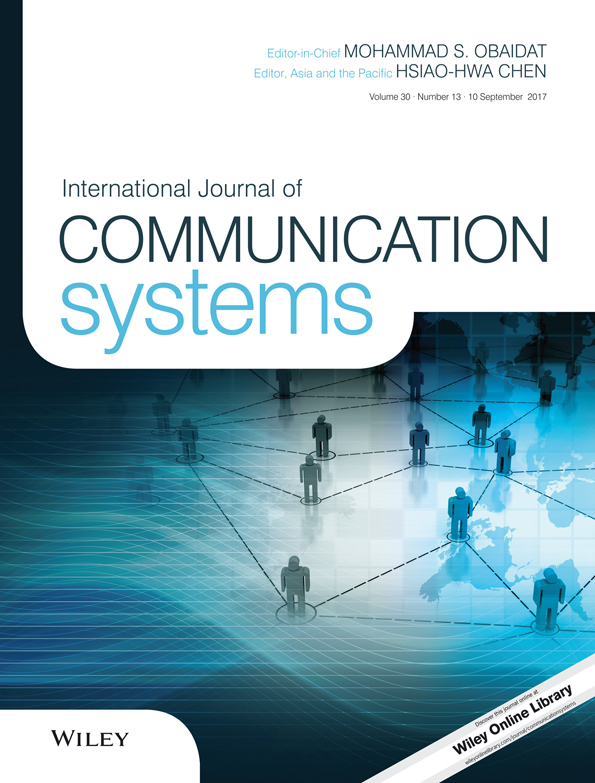Distributed fuzzy logic based energy-aware and coverage preserving unequal clustering algorithm for wireless sensor networks
Summary
In an energy-constrained wireless sensor networks (WSNs), clustering is found to be an effective strategy to minimize the energy depletion of sensor nodes. In clustered WSNs, network is partitioned into set of clusters, each having a coordinator called cluster head (CH), which collects data from its cluster members and forwards it to the base station (BS) via other CHs. Clustered WSNs often suffer from the hot spot problem where CHs closer to the BS die much early because of high energy consumption contributed by the data forwarding load. Such death of nodes results coverage holes in the network very early. In most applications of WSNs, coverage preservation of the target area is a primary measure of quality of service. Considering the energy limitation of sensors, most of the clustering algorithms designed for WSNs focus on energy efficiency while ignoring the coverage requirement. In this paper, we propose a distributed clustering algorithm that uses fuzzy logic to establish a trade-off between the energy efficiency and coverage requirement. This algorithm considers both energy and coverage parameters during cluster formation to maximize the coverage preservation of target area. Further, to deal with hot spot problem, it forms unequal sized clusters such that more CHs are available closer to BS to share the high data forwarding load. The performance of the proposed clustering algorithm is compared with some of the well-known existing algorithms under different network scenarios. The simulation results validate the superiority of our algorithm in network lifetime, coverage preservation, and energy efficiency.




